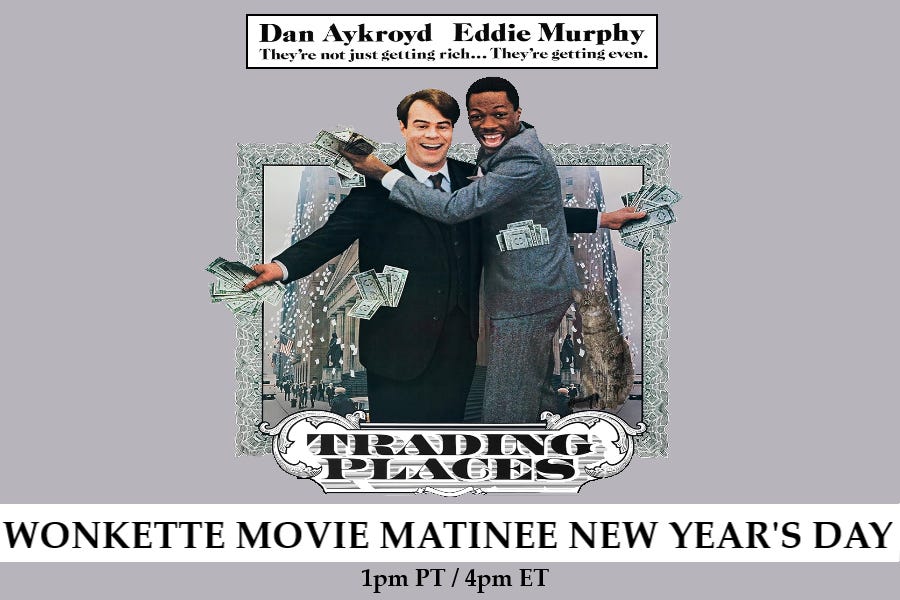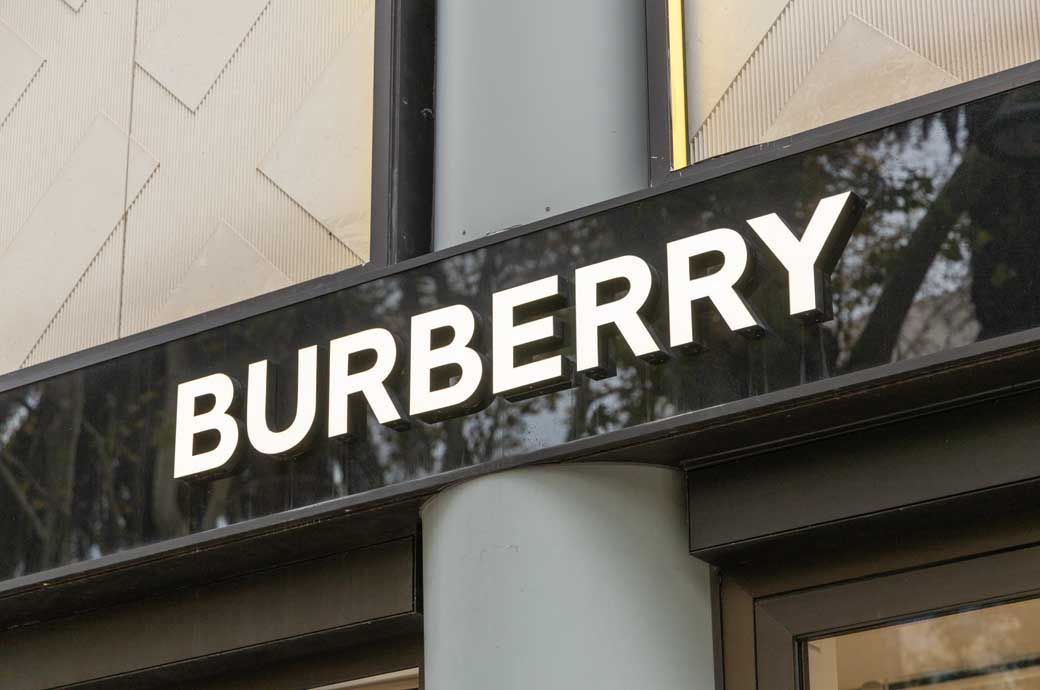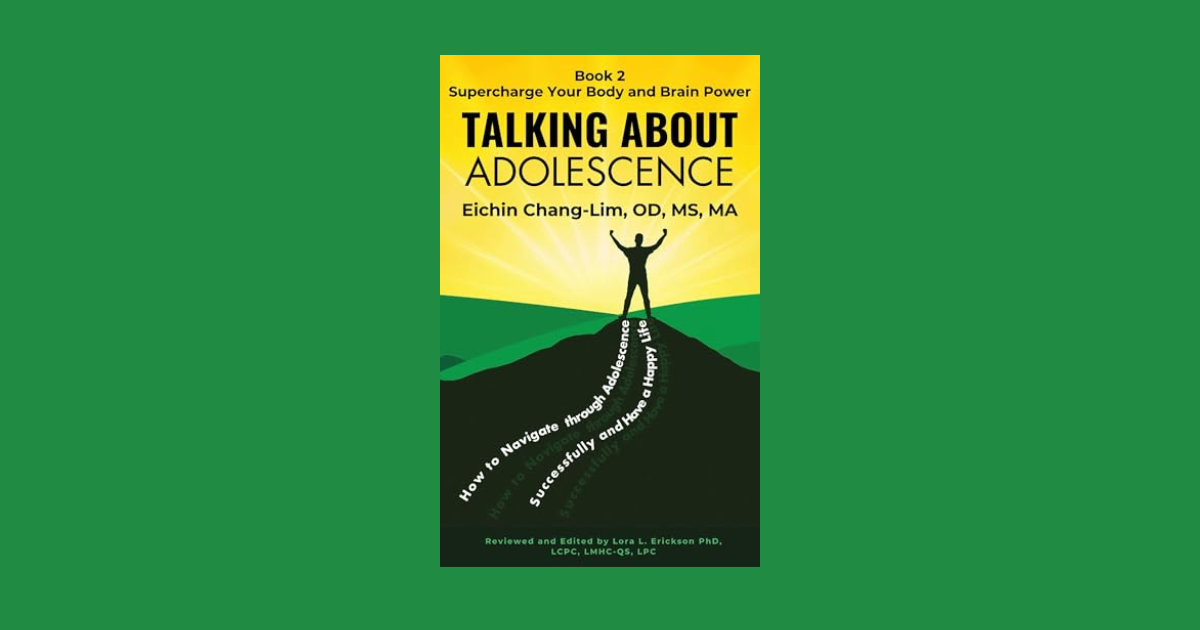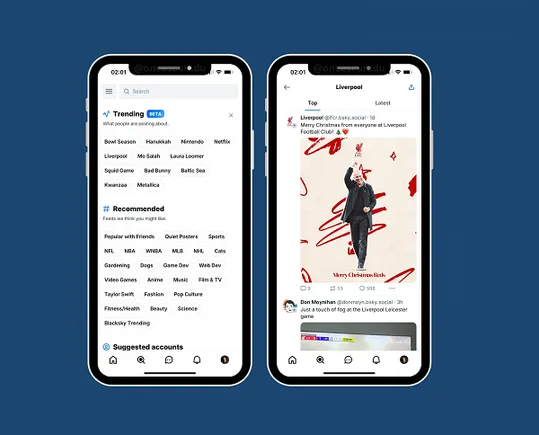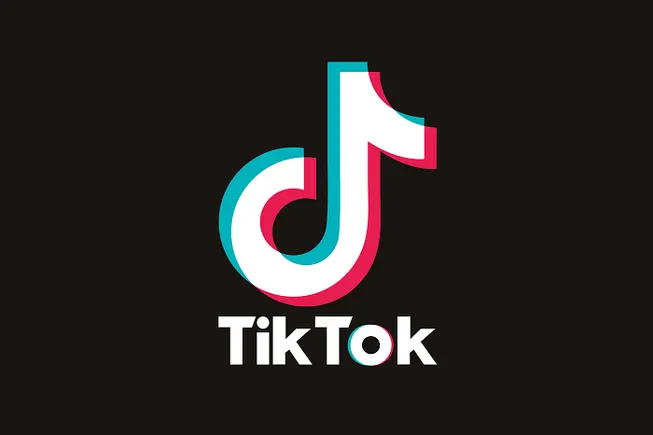It can be difficult to put our heads around what successful agile marketing looks like because it is about culture change, which is highly subjective. However, after seeing so many companies chasing after the wrong measurements (or none at all), I want to share with you how we measure success with our clients and why these are meaningful metrics.
Understand your desired outcomes with agile
Many companies lose sight of why they want to implement agile marketing in the first place. Agile isn’t about the latest new process change — it’s about a new way of working because something you’re doing today is broken or needs improvement.
After spending time with clients of all sizes, we’ve found that those problems seem to fall into four general themes:
- Business alignment and outcomes.
- Team satisfaction and growth.
- Customer centricity and value.
- Team performance.

To measure agile marketing correctly, you need to focus on the outcomes you want to get.
Don’t get blinded by the process
When we’re in the thick of changing marketing processes, it can be easy to be blinded by the day-to-day and lose sight of what we’re trying to achieve in the first place. Often, clients start to do check-the-box agile, which will only give minimal short-term results.
If we get too caught up in the process, our focus shifts to creating numerous teams quickly rather than ensuring they are effective and responsive in adjusting their marketing strategies to optimize performance and meet customer needs.
Use agile marketing metrics that really move the needle
Now that you know what not to measure, let’s look at four agile marketing metrics that move the needle and help you get the desired results you’re looking for as you move from traditional to agile marketing.
1. Business alignment and outcomes
One of the biggest challenges you face as a marketer is doing meaningful work rather than everything that’s requested. Most marketers are drowning in an endless sea of requests rather than just focusing on work that will get real business results.
By adapting our Collaborative Planning Workshop, which brings together the team and stakeholders around business goals, we’ve seen a lot of great collaboration around business outcomes happening and a reduction of siloed planning and dark work.
To measure your success around Business Alignment and Outcomes, you should see noticeable improvements in the following areas:
- You have a clear method for prioritizing work and transparency around that work for both the team and stakeholders.
- Everyone has a clear alignment on the marketing outcomes you need to achieve (not just tactics).
- You can make data-driven decisions based on real customer feedback, not just the highest paid person in the room’s opinion.
2. Team satisfaction and growth
A key benefit of agile marketing is teamwork and individuals feeling like they’re valuable contributors. A healthy agile marketing team sees improved collaboration among the team and career growth opportunities by learning skills from other team members. The team has psychological safety and support from leaders. They’re open to customer feedback and have a continuous improvement mindset.
I had the opportunity to coach a team in healthcare that is very traditionally managed. Still, they gave their agile pilot team full autonomy to test the waters and innovate in new areas. This team got creative by learning new skills from each other and testing platforms that would have otherwise taken months of approval time.
3. Customer centricity and value
Agile marketing centers around the customer and being able to pivot what customers need when they need it easily but without adding chaos to the team. A successful agile marketing team can deliver value to customers quickly by launching work iteratively and with minimum viability. When market shifts happen, they can change gears easily because they have an agile system in place.
A great example is a client I worked with during the pandemic who was responsible for hospital communications. They checked bed surges daily and adapted their marketing messages accordingly.
4. Team performance
A high-performing agile marketing team isn’t one that learns about agile practices, adapts a tool and stops there. We’re looking for teams that want to continuously improve, learn and grow, ultimately leading to better work. Teams like this become really predictable in how much work they can accomplish in a given period and know how to finish work quickly and effectively.
We recently saw a large company be able to do the same work that once took 25 people and two months to complete and be able to accomplish it with five people and two weeks.
Conclusion
If you’re embarking on an agile marketing journey, ensure you’re measuring success in meaningful ways by measuring the outcomes, not the outputs, you want to achieve.
Get MarTech! Daily. Free. In your inbox.
Opinions expressed in this article are those of the guest author and not necessarily MarTech. Staff authors are listed here.








